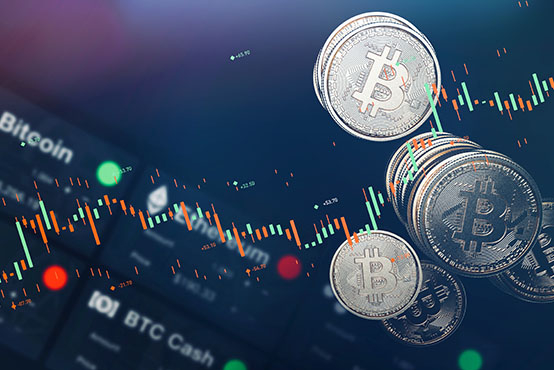Crypto art has emerged as a revolutionary force in the art world, transforming the way digital content is created, owned, and traded. Built on blockchain technology, this new form of art has enabled artists to tokenize their digital creations, giving rise to a novel market for digital collectibles. Through non-fungible tokens NFTs, artists can now attach proof of ownership and authenticity to their works, offering collectors something that was not previously possible with purely digital assets – exclusivity and rarity. This has far-reaching implications not only for artists and collectors but also for the broader realm of digital goods. At the heart of crypto art’s rise is the concept of NFTs, unique tokens that exist on a blockchain and cannot be replicated. This means that each digital artwork or collectible tokenized as an NFT is distinct, even if copies of the digital file are available elsewhere. For instance, while anyone can view or download an image on the internet, the NFT verifies who holds the original or authenticated version, much like owning a signed physical print.

Moreover, the NFT-based structure has also allowed for the creation of secondary markets where digital collectibles can be bought, sold, or traded, often at values that fluctuate like traditional investments. Artists typically receive royalties every time their art is resold, thanks to smart contracts embedded within the NFTs. This innovation gives creators a continuous revenue stream, a departure from the one-time payment model that most artists are accustomed to in conventional markets. Collectors, in turn, benefit from the assurance that their digital art can appreciate in value, especially in high-demand markets where scarcity plays a significant role. The cultural impact of crypto art is profound, as it has democratized access to art in a way that traditional physical galleries have not been able to. Digital artists, who often struggle to gain recognition and financial support in the traditional art world, can now reach global audiences more easily. Platforms like Open Sea, Rarible, and Foundation have become virtual galleries, where artists can display their work, set their prices, and interact directly with potential buyers.
In addition to visual arts, latest crypto news is expanding into various other domains, such as music, gaming, and virtual reality. Musicians are tokenizing their albums and tracks, allowing fans to own unique versions of songs or limited-edition album art. Similarly, in gaming, NFTs are used to represent in-game assets like skins, weapons, or even entire virtual characters, allowing players to trade these items across different games or platforms. The met averse, a digital collective of virtual spaces, is set to benefit significantly from NFTs, where users can own and trade virtual real estate, clothing, or accessories. While crypto art is still in its nascent stages, its potential to reshape digital ownership and intellectual property rights is vast. As more artists, collectors, and technologists explore the possibilities, digital collectibles will continue to grow in popularity, bridging the gap between the physical and virtual worlds. Block chain’s transparency and security ensure that authenticity and ownership can be trusted, giving collectors confidence in the value of their digital assets.
